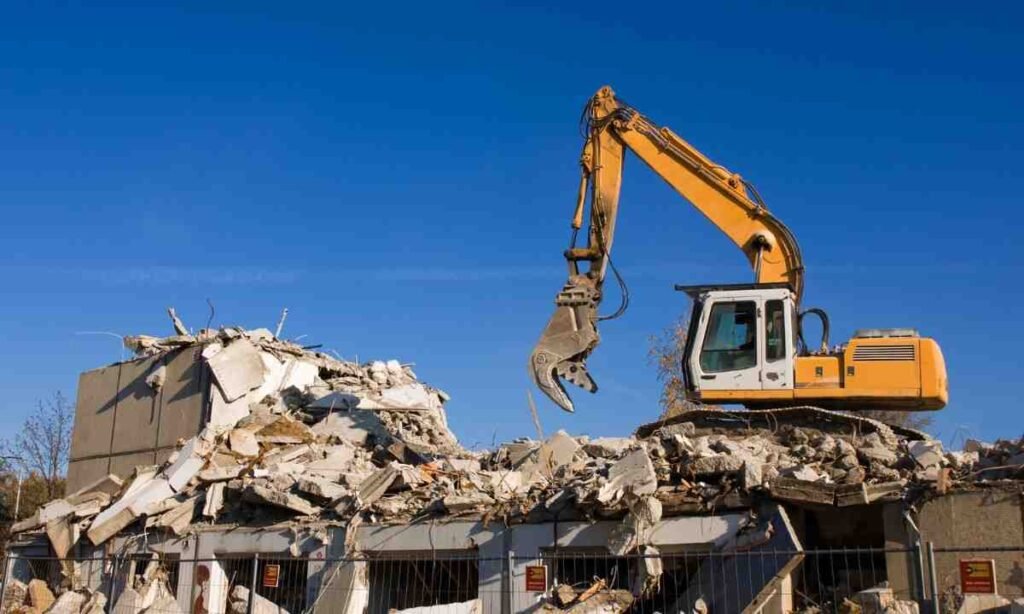If you’re planning to tear down a structure, one of the first questions that comes to mind is: How do you calculate demolition costs? Unlike standard construction pricing, demolition involves many variables—ranging from the size of the building to environmental hazards and disposal methods. Understanding these factors is essential for creating accurate budgets and avoiding unexpected surprises.
This guide will walk you through the major components of demolition cost calculation, common hidden expenses, and how professional demolition estimating services can streamline the process.
Key Factors in Demolition Cost Calculation
1. Size and Type of Structure
-
Square footage is often the starting point. Larger structures cost more to demolish.
-
Type of construction (wood, concrete, brick, or steel) affects equipment needs and labor.
2. Location and Accessibility
-
Urban demolitions usually cost more due to tight spaces, traffic management, and permit requirements.
-
Rural areas may be cheaper, but transportation and disposal can increase costs.
3. Hazardous Materials
-
Asbestos, lead paint, or mold remediation can add thousands of dollars to the final bill.
-
These must be removed by licensed specialists before demolition continues.
4. Permits and Regulations
-
Local governments require permits for most demolition work.
-
Fees vary depending on the city, state, and scope of the project.
5. Labor and Equipment
-
The complexity of the job dictates the crew size and equipment required.
-
Hand demolition is slower but sometimes necessary in tight spaces.
6. Waste Removal and Disposal
-
Debris hauling and landfill tipping fees add a significant cost component.
-
Recycling materials (like metal or concrete) can reduce disposal costs.
Average Demolition Costs by Project Type
-
Small residential projects (bathrooms, kitchens, garages): $1,500 – $10,000
-
Full home demolition: $8,000 – $30,000 depending on size and materials
-
Commercial demolition: $25,000 – $100,000+ depending on complexity
-
Interior demolition (non-structural): $2 – $7 per square foot
Hidden Costs to Watch Out For
-
Utility disconnection fees (water, gas, electric).
-
Unexpected structural issues uncovered during demolition.
-
Environmental testing and abatement.
-
Site grading and preparation for new construction.
Using Demolition Estimating Services
Accurately predicting demolition costs is not always straightforward. Many contractors and property owners rely on demolition estimating services to get detailed breakdowns. These services provide:
-
Material takeoffs for labor, equipment, and disposal.
-
Compliance checks with local codes and regulations.
-
Accurate projections that help avoid budget overruns.
By outsourcing to experts, you gain confidence in the numbers before work begins.
Conclusion
So, how do you calculate demolition costs? You’ll need to consider the size and type of structure, location, materials, permits, labor, and disposal methods. While averages can give you a rough estimate, every project has unique factors that affect the price.
For anyone planning a demolition project—whether residential or commercial—partnering with professional demolition estimating services can save time, money, and stress while ensuring the project stays on track.







